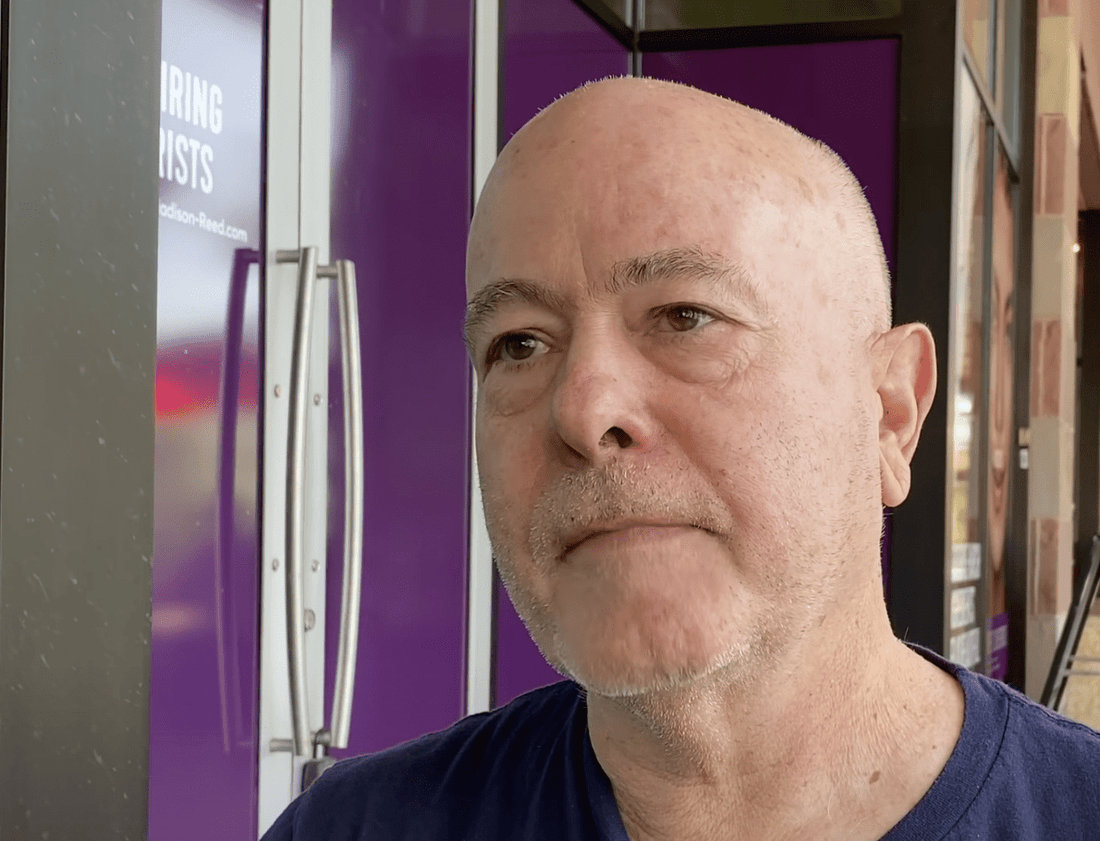DoP
by Paul McGowan
The three-letter acronym, DoP has a number of meanings depending on what you're interested in.
To the Italians, D.O.P. stands for Denominazione di Origine Protetta (Protected Designation of Origin): the name used to indicate a product that owes its characteristics to its place of origin, and its production, modification and processing occur within that geographical area. Bubbly Champagne from Champagne France, and tasty Modena vinegar from Modena Italy.
For Audiophiles, DoP stands for DSD over PCM. Playback Design's chief digital guru, Andreas Koch, invented DoP as a means to allow DSD to be compatible with computers not possessing the means to deal with it.
A good (short) video on the subject is one our own Gus Skinas and I put together in my older series called Lunch with Paul.
DoP has a marketing problem. The mention of it has many purists running for the hills. Why? Because it is assumed DoP converts DSD to PCM, thus changing forever the characteristics of DSD we all love.
Two things are wrong with this. First, DSD is not being converted to PCM. Second, even if it were, there's no sonic penalty when done correctly (though in their defense it rarely is).
Today's computers don't know what to make of DSD. Without a special driver and program installed, a Windows or Mac computer sees DSD as unrecognizable noise. This is because DSD is very much like analog: a continuous unbroken stream of moving data that can be directly listened to as music. PCM, on the other hand, is made of discrete chunks of data each with its own ID that serves as a routing map.
What Andreas did was really clever and simple. Instead of trying to fit a square peg (DSD) in a round hole (the computer), he simply broke the continuous DSD stream up into discrete chunks and added an identifier bit that serves as a routing map. To the computer, DoP looks like PCM and it merrily passes it along to your DAC.
When your DAC gets this "PCM-like" stream of data, it knows to remove those added identifier bits and reassemble the unmolested virgin DSD bits back together so we get that analog-like continuous data stream called music.
The DSD data is identical to its beginning. It was never converted to another form.
Hope that helps.
- Choosing a selection results in a full page refresh.
- Opens in a new window.








